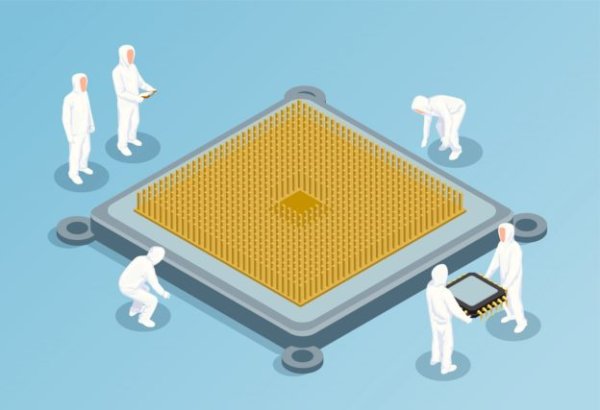Taiwan Power leverages AI design software to improve chip energy efficiency by ten times

Artificial intelligence (AI) computing chips are incredible. Taiwan Power, the world's largest chip foundry manufacturer, today revealed a new strategy at the Silicon Valley conference, hoping to use AI-driven design software to increase the energy efficiency of AI computing chips by about ten times.
Reuters reported that TEU is a chip foundry manufacturer for customers such as NVIDIA (Nvidia), showing a series of methods that are expected to achieve their goals. Taking NVIDIA's current flagship AI server as an example, the power consumption under high load can reach 1,200 watts. If the operation continues, it is equivalent to that of thousands of households in the United States.
Tennamically expects new chip design to achieve a breakthrough in energy efficiency: by integrating multiple chiplets with different technologies into the same computing module to break through the current energy efficiency bottleneck.
However, in order to use these new technologies, chip design companies are increasingly relying on AI-driven design software. Cadence Design Systems and Synopsys, the major suppliers in the industry, also launched new tools for in-depth cooperation with NTU. These AI design software are even better than artificial engineers in some complex design periods, not only to find better solutions, but also to significantly improve efficiency.
A staff member of the TECHNIC design methodology discussion department pointed out in the briefing: "This helps maximize the development of TECHNIC technology. We found it very useful. Originally, the engineer took two days to complete the AI software in just 5 minutes."
Reuters reported that existing chip manufacturing methods are positive and limitless, such as the transmission data between the connected wafers in the electromechanical chip.
Kaushik Veeraraghavan, engineer of Meta Platforms' basic facilities team, said that in the future, new technologies such as optical connections in wafers must be sufficiently stable to be applied to large data centers. He emphasized: "This is not only an engineering problem, but also a fundamental physical problem."




